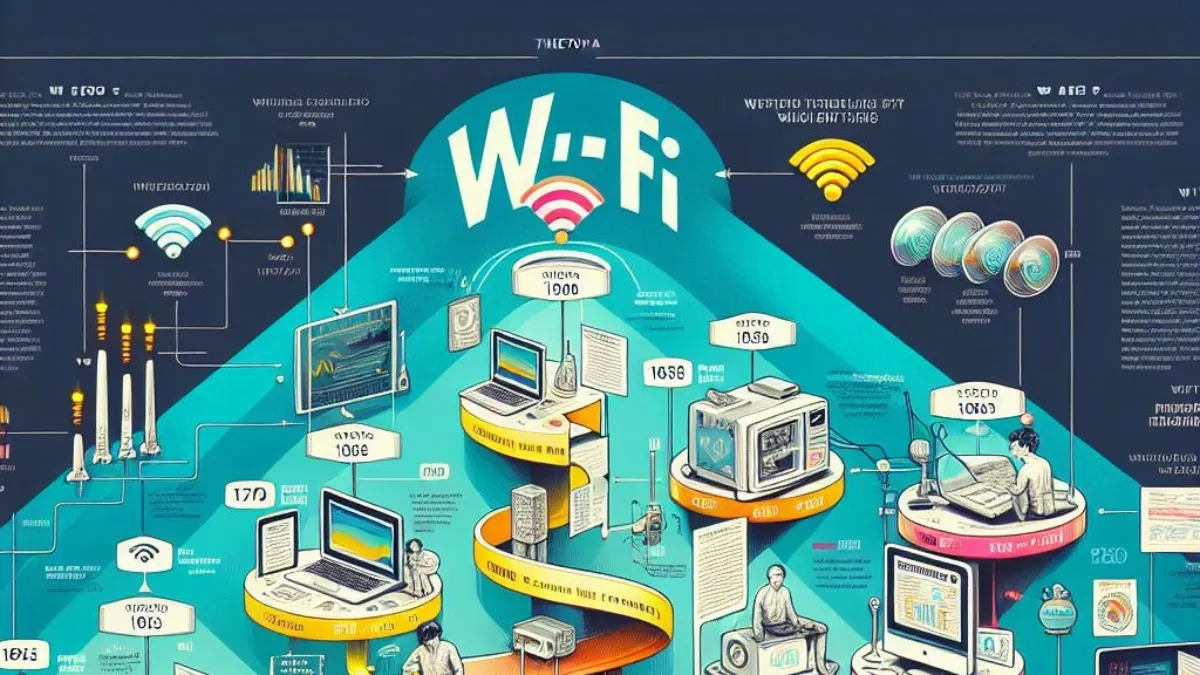jlk– Who isn’t familiar with WiFi? The technology that allows us to connect to the internet without cables has become an indispensable part of everyday life.
However, did you know that WiFi is not actually an abbreviation for “Wireless Fidelity,” as many people believe?
In 1999, a US network certification organization called the Wireless Ethernet Compatibility Alliance (WECA) coined a revolutionary brand name: WiFi.
WECA wanted to provide an easily remembered identity for the technology, which was then known as “IEEE 802.11b Direct Sequence.”
Why was the name WiFi chosen? According to history, this name was inspired by the term Hi-Fi (High Fidelity), which refers to high-quality sound. However, it turns out that WiFi is not an acronym or abbreviation for anything.
Phil Belander, who served as the head of WECA at the time, emphasized that WiFi actually has no meaning.
When the slogan “The Standard for Wireless Fidelity” was used, he even stated that WiFi had no meaning at all.
Nevertheless, history continued to unfold. WECA transformed into the Wi-Fi Alliance in 2002. This name change brought a new mission for the organization: to promote and certify WiFi technology globally.
One of Wi-Fi Alliance’s greatest contributions is the WiFi logo, which has become a global icon.
Its resemblance to the “yin” and “yang” symbols not only strengthens the brand image but also serves as a mark of approval for WiFi products that have passed interoperability testing.
To this day, the WiFi logo remains a marker of the presence of wireless network services in various places around the world.
From cafes to airports, WiFi has become vital infrastructure for modern connectivity.
So, even though WiFi is not an abbreviation for anything, its impact in changing the way the world connects is immense.
A name that may seem simple but has an extraordinary impact on the revolution of modern information technology.












